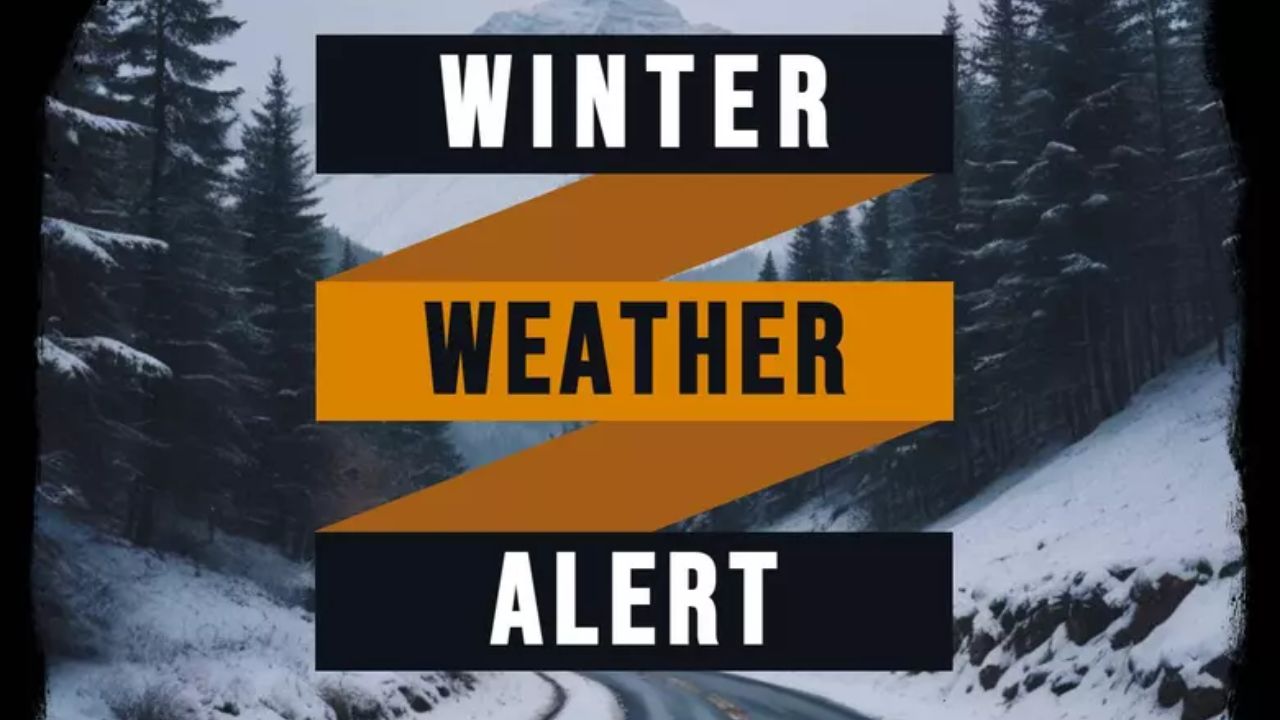Winter Weather Alert: Idaho And Montana Face Hazardous Travel Conditions Through Tuesday
A perilous combination of snow, freezing rain, and strong winds is being brought to Idaho and Montana by a major winter storm. Travel conditions are becoming dangerous due to the storm, which is predicted to continue until Tuesday, especially in mountain passes and open plains. Due to severe snow accumulations and wind gusts of up to 65 mph, travelers are advised to travel with extreme caution or not at all.
Heavy Snow And Icy Roads
The advisory and warning, respectively, for winter storms were issued by the National Weather Service for a large segment of Montana and Idaho. With rain, freezing rain, and snow, valley roads are now slick and treacherous. Snow levels escalated so quickly, with total snow above 5,000 feet. Snowfall has been greatest across several mountain passes, including Lolo Pass, Lookout Pass, Lost Trail Pass, and Marias Pass, where driving conditions are treacherous.
In some places, there’s still as much as 5 to 10 inches, and in others, an astonishing 18 inches.
Freezing rain: This is causing the roads to become awfully slippery, leading to accidents.
Icy patches: Black ice spots on highways are created under freezing conditions; they may be difficult to see.
Authorities are advising drivers that treated roads could be slippery due to continued rain and dropping temperatures. Accordingly, there is a need for drivers to fully prepare for sudden changes in weather that could jeopardize visibility and even road conditions.
Snow And Strong Winds Falling
Snow and ice do not do much harm; strong winds are a great threat, especially in open and mountainous areas.
- Wind speeds: Constant winds between 25 and 35 mph, with gusts up to 65 mph.
- Blowing snow: Some areas are near whiteout visibility.
- Power Failure: Strong winds raise the risk of falling trees and power lines.
Strongest are the winds to hit prefectures next to Cut Bank, Great Falls, and Cascade. High winds may even result in treacherous travel for larger vehicles, thereby necessitating extreme caution from the drivers of said vehicles, including semi-trucks and RVs.
Travel Advisories And Precautions
Officials strongly discourage nonessential travel given the severity of the storm. Travelers should take precautions in their travels:
- Road conditions-check: Before departing, check weather forecasts and road conditions through either the National Weather Service or state transportation departments.
- Drive slowly: Ice and snow reduce traction. Go slowly and leave extra braking distance.
- Use chains: Carry and use snow chains if mountain passes are to be traveled.
- Prepare an emergency kit: Necessary supplies include a flashlight, blankets, food, water, a thoroughly charged phone, and extra warm clothing.
- Refuel: Keep your gas tank at least half full in case of unexpected delays or detours.
Emergency responders are already reporting multiple incidents relating to the weather, including vehicles signing off roads and jackknifed trucks blocking highways.
Weather Projection Until Tuesday
The storm system is anticipated to continue impacting Idaho and Montana through Tuesday, weakening afterward. Some leftover snow and possible winds may linger around some locations.
- Tuesday: Snow showers diminish gradually through the night.
- Wednesday: Conditions will improve, but there still remains a risk of icy roads and snow on the roads, causing possible dangerous driving.
- Towards the Week: Another probable weather system could bring additional snow and gusty winds.
They caution residents to remain alert, as the region could be impacted by further storms towards the winter’s end.
This winter storm is causing treacherous travel in Idaho and Montana as heavy snows, icy roads, and high winds combine. Authorities are requesting people to stay off the roads if possible because it will remain dangerous to travel till Tuesday. Travelers should stay abreast of the updates on the weather, monitor advisories, and be smart in how they travel.
Safety is paramount now that this storm is on. Those living in affected areas should prepare for possible power outages, delays, and driving hazards. Stay warm and safe, and avoid riding wherever you can until the condition improves.

